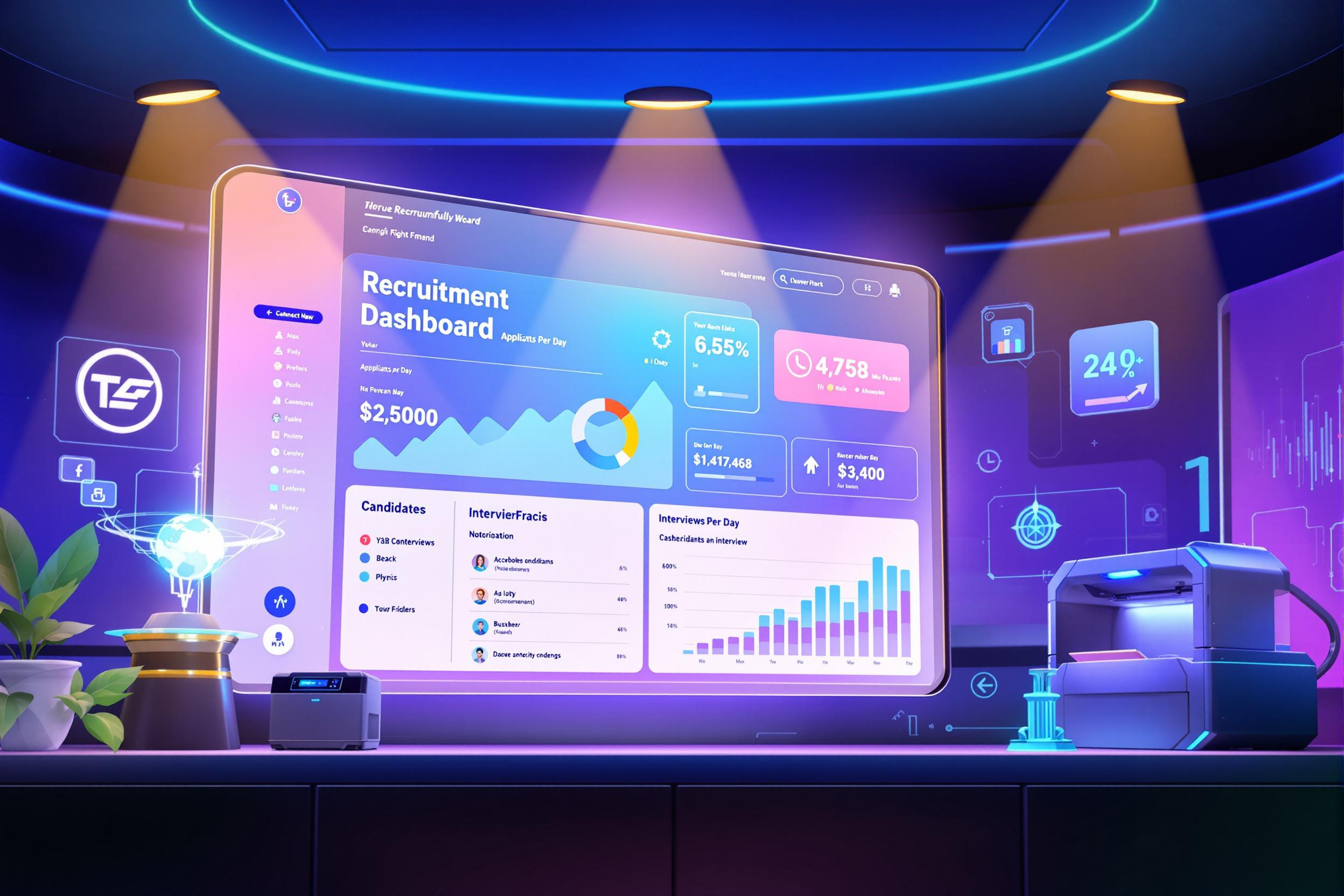
Augmentative and Alternative Communication (AAC)
Augmentative and Alternative Communication (AAC) refers to methods and tools that help people who have difficulty with speech or language to communicate. This includes everything from simple picture boards to sophisticated computer devices that speak for the user. It's like giving someone different ways to express themselves when typical speaking isn't possible or is difficult. Think of it as providing communication alternatives, similar to how a wheelchair provides an alternative way of moving around. AAC specialists work with individuals, families, and other professionals to find and teach the best communication methods for each person's needs.
Examples in Resumes
Trained staff and families in the use of AAC devices and communication strategies
Evaluated and implemented Augmentative and Alternative Communication solutions for 30+ clients
Developed custom AAC communication boards for classroom settings
Coordinated with speech therapists to integrate Augmentative and Alternative Communication systems into treatment plans
Typical job title: "AAC Specialists"
Also try searching for:
Where to Find AAC Specialists
Professional Organizations
Online Communities
Job Resources
Example Interview Questions
Senior Level Questions
Q: How would you develop an AAC implementation plan for an entire school district?
Expected Answer: Should discuss needs assessment, budget considerations, staff training programs, device selection criteria, and ongoing support systems. Should emphasize collaboration with administrators, teachers, and therapists.
Q: How do you stay current with AAC technology and best practices?
Expected Answer: Should mention professional development, conferences, research journals, networking with vendors, and practical experience with various systems. Should emphasize importance of evidence-based practice.
Mid Level Questions
Q: How do you assess which AAC system would be best for a client?
Expected Answer: Should discuss evaluation process including client's physical abilities, cognitive skills, communication needs, and environmental factors. Should mention family involvement and trial periods.
Q: Describe how you would train a family to use an AAC device at home.
Expected Answer: Should explain practical training approaches, setting realistic goals, providing written resources, and ongoing support. Should emphasize importance of making it part of daily routines.
Junior Level Questions
Q: What are the different types of AAC systems?
Expected Answer: Should explain basic differences between low-tech (picture boards, communication books) and high-tech solutions (speech-generating devices, apps). Should show understanding of when each might be appropriate.
Q: How would you introduce an AAC device to a new user?
Expected Answer: Should discuss starting with basic functions, using motivating activities, and gradual progression. Should mention importance of positive reinforcement and patience.
Experience Level Indicators
Junior (0-2 years)
- Basic knowledge of common AAC devices and systems
- Understanding of basic communication needs assessment
- Ability to program simple device setups
- Basic training skills for families and caregivers
Mid (2-5 years)
- Complex device programming and customization
- Detailed assessment and implementation planning
- Training program development
- Integration of AAC into various environments
Senior (5+ years)
- Program development and management
- Advanced assessment and consultation
- Staff training and mentoring
- Research and program evaluation
Red Flags to Watch For
- No hands-on experience with AAC devices
- Lack of understanding about different types of communication needs
- Poor interpersonal communication skills
- No experience working with people with disabilities
- Unfamiliarity with basic accessibility concepts
Related Terms
Need more hiring wisdom? Check these out...

Forget Coding—Can You Communicate? Why Soft Skills are the New Hard Skills

Talent Acquisition Automation: Revolutionizing Recruitment

Speak Up! How Voice Search Is Changing Job Listings and What HR Needs to Do About It

